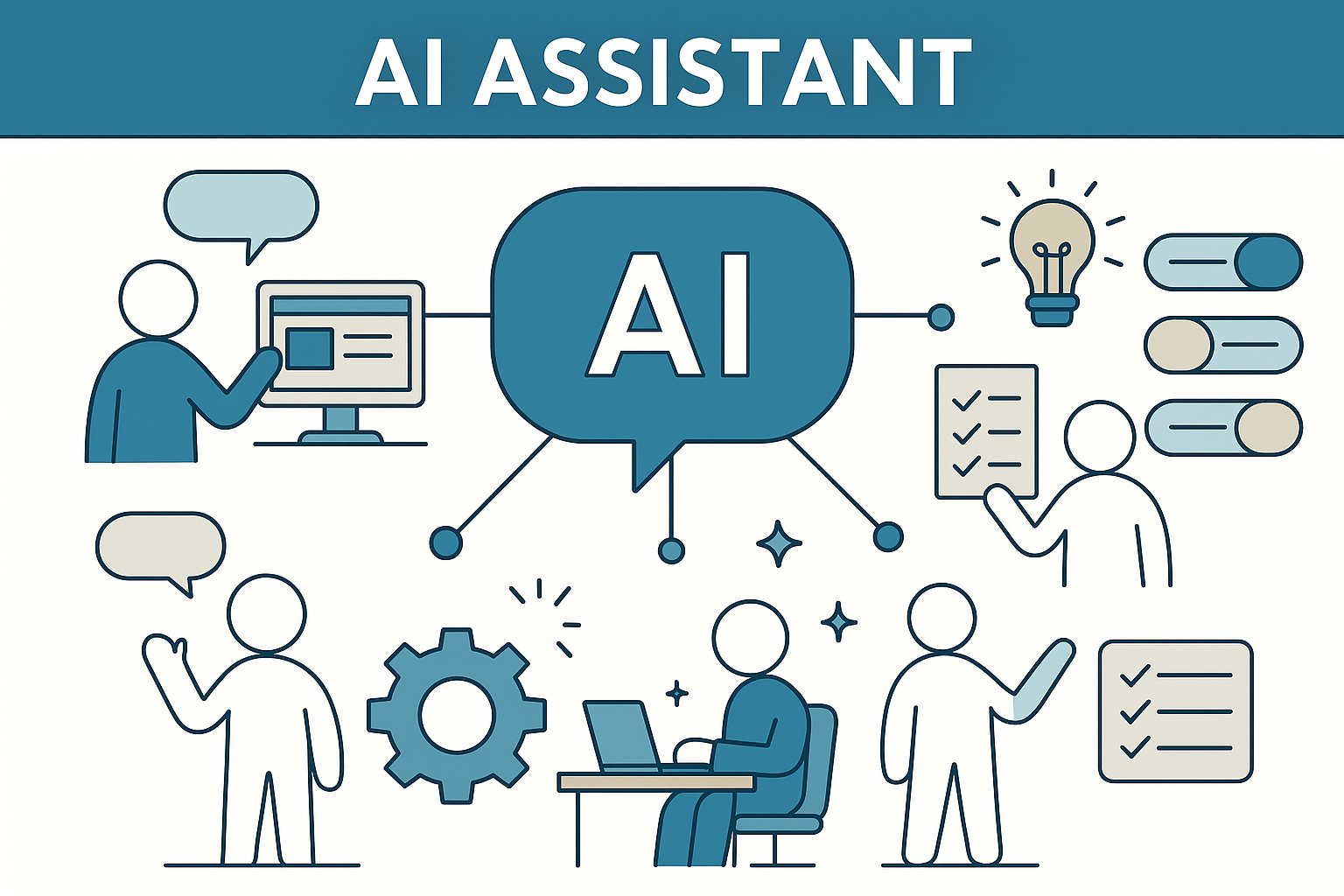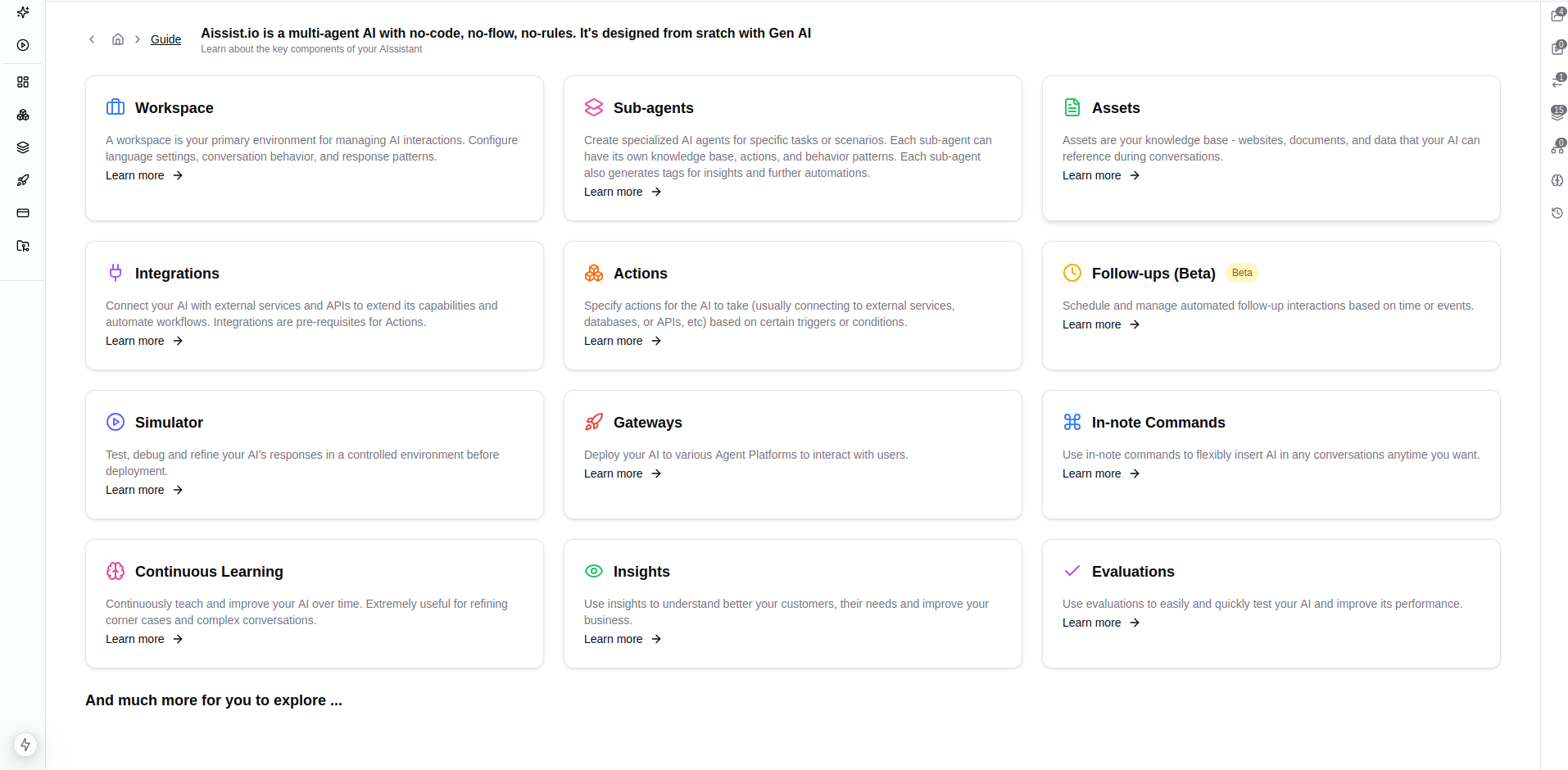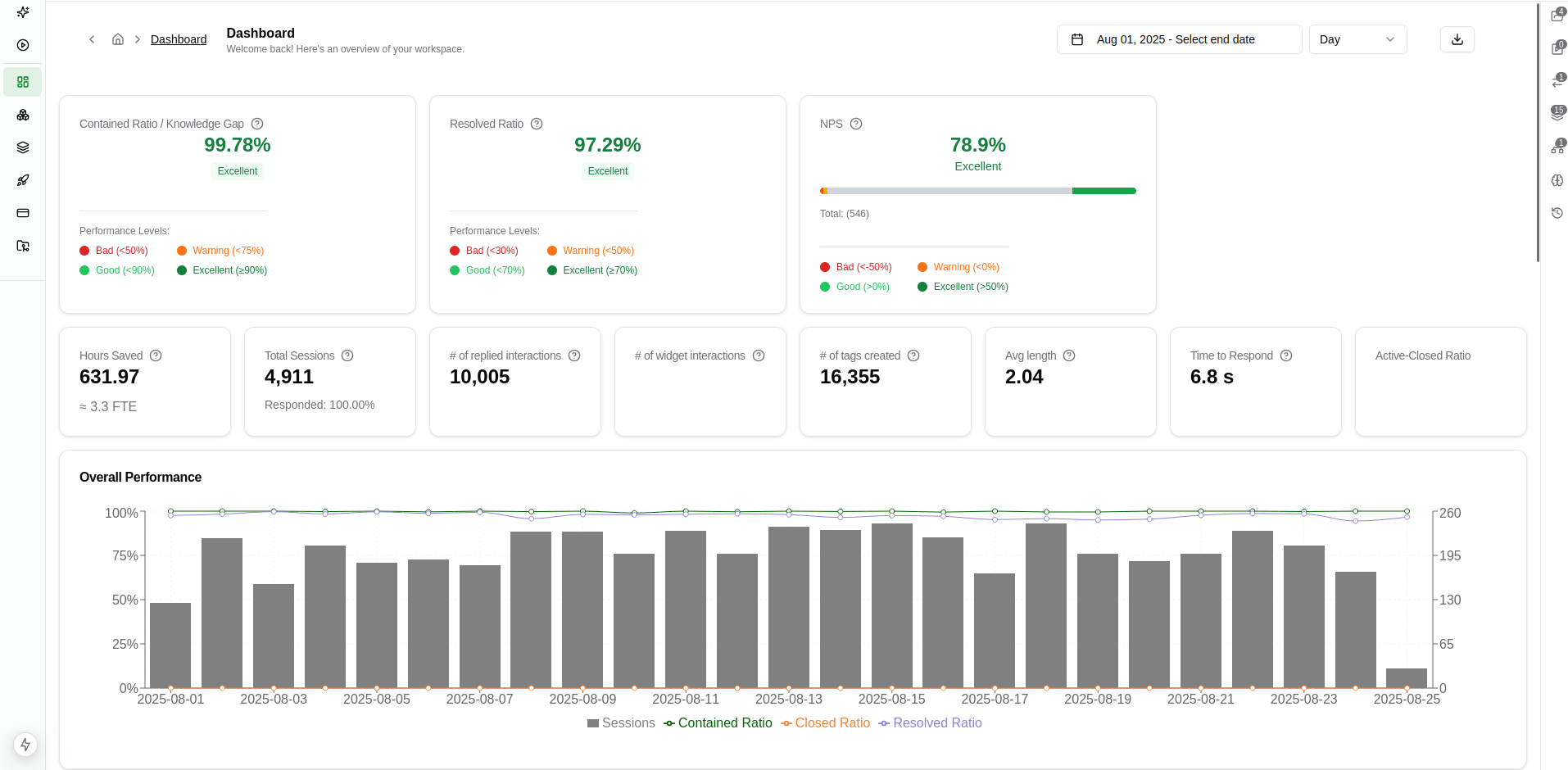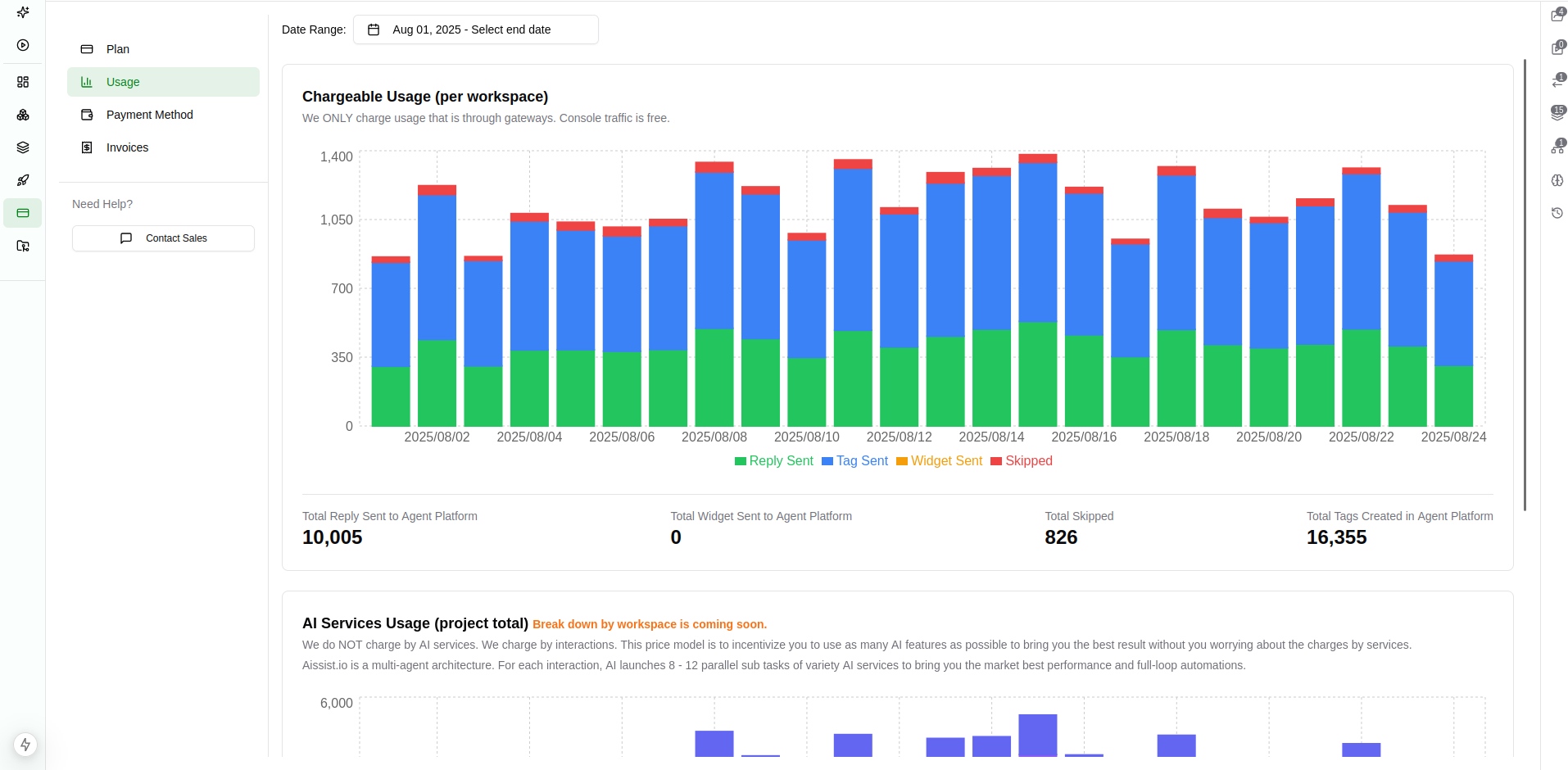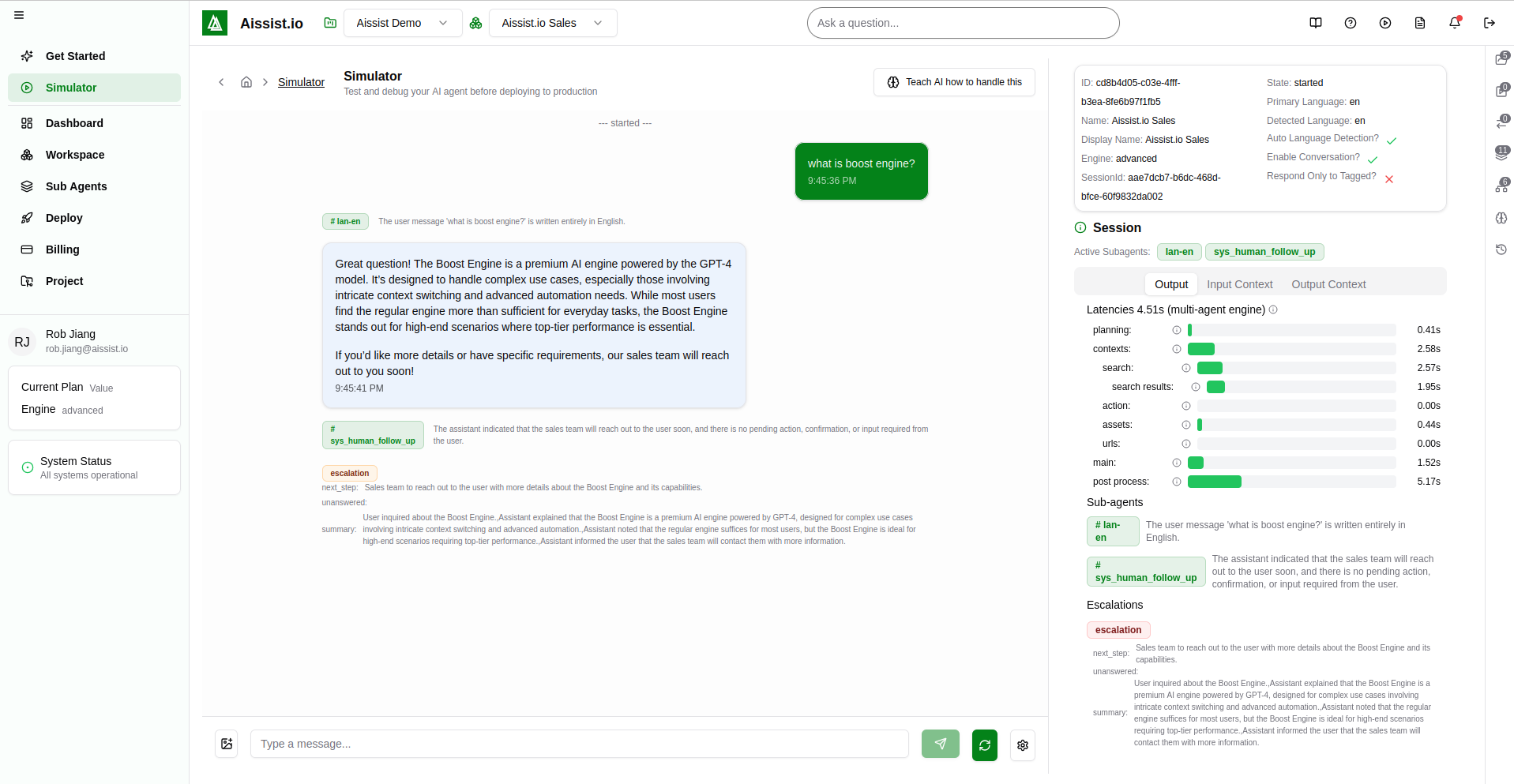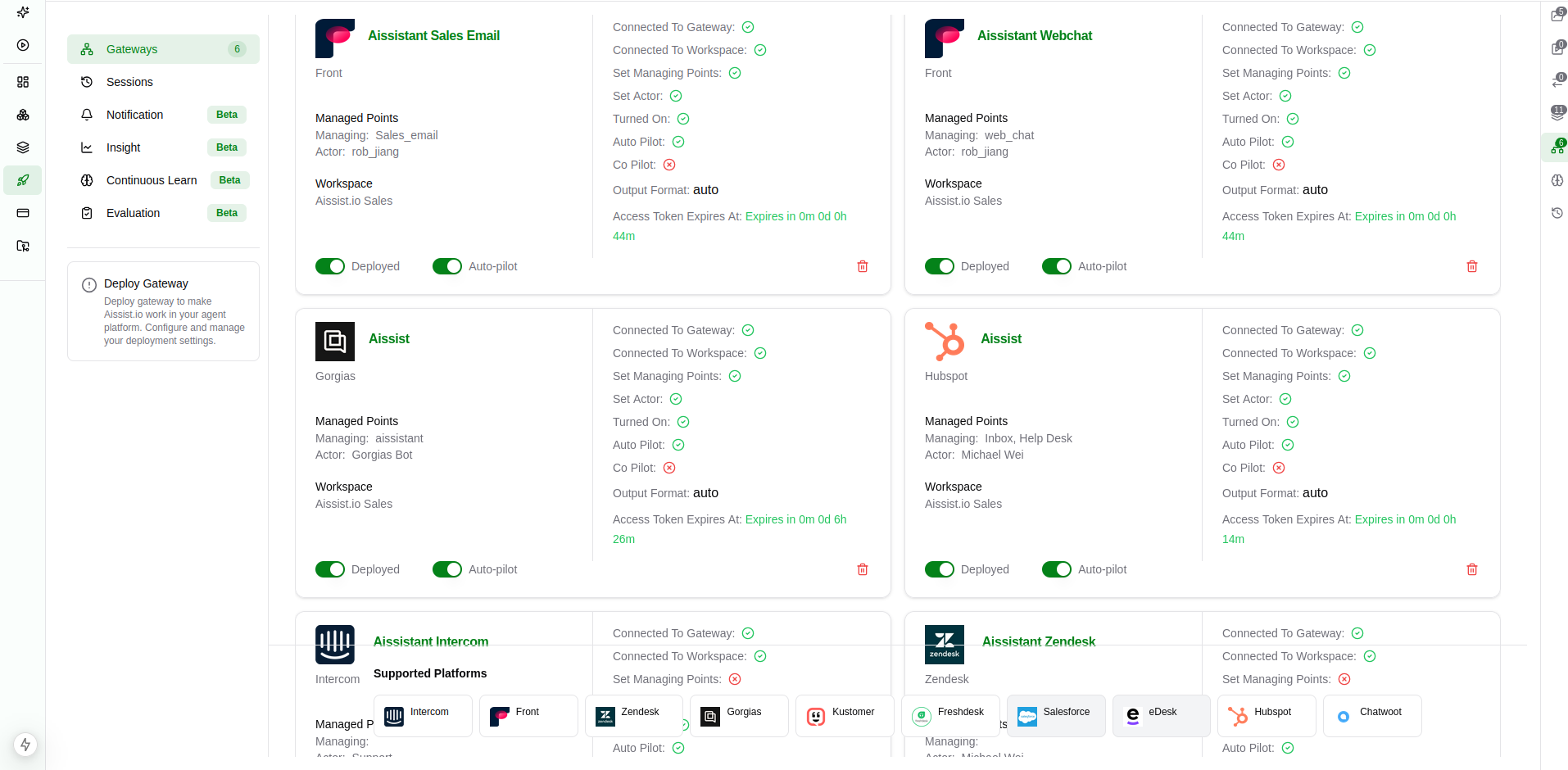Choosing the Right Pricing Model for AI Agents: Transparency, Incentives, and Fit

At Aissist.io, we’ve experimented with multiple pricing models for AI agents — from pay per interaction to pay per session, and pay per resolution. Each model represents a different balance between transparency, predictability, and incentive for continuous improvement.
Our preference is clear: (1) pay per interaction > (2) pay per session > (3) pay per resolution. But there’s no universal “best” pricing model. The right model depends on what your business values most — cost control, predictability, or productivity. Let’s break them down.
1. Pay Per Interaction
Under the pay per interaction model, each AI message, task, or API call is counted as a billable event. This structure offers the highest transparency — every dollar spent can be tied to a specific AI action, making ROI measurement straightforward. Businesses gain clear insight into performance: how many interactions it takes to resolve issues, what automation saves, and how the system improves over time.
The incentive structure is also well aligned. Because costs scale directly with usage, both the AI provider and the customer are motivated to improve resolution, streamline conversations and reduce inefficiency. The model inherently rewards optimization, better AI design, and smarter multi-agent coordination.
That said, its precision can become its pitfall. Over-focusing on message counts can lead to micro-optimization at the expense of user experience — for example, cutting short empathetic replies or contextual prompts just to save cost. Predictability is moderate: while pricing is simple, usage volume can fluctuate significantly based on user behavior, seasonality, or business growth.
In short, pay per interaction is best for organizations that value visibility, data-driven control, and continuous improvement, even if usage — and therefore budget — fluctuates.
2. Pay Per Session
The pay per session model bills each full conversation journey — from start to closure — as one unit, regardless of the number of exchanges inside it. This model is often seen as the sweet spot between simplicity and operational logic.
Its biggest strength is predictability. Unlike interaction-based billing, businesses can forecast costs more easily, since the number of sessions tends to be more stable than message volume. It also reduces anxiety around usage caps — teams don’t have to worry about long conversations blowing up budgets, which helps protect user experience quality.
However, the main challenge lies in the definition and value of a “session.” Not all sessions are equally meaningful — some involve complex multi-step automation, others may be short or trivial. Paying the same for both skews perceived value.
Moreover, defining what constitutes a single session is often arguable. Is it one user visit, one issue, or one chat window that remains open? These ambiguities can make cross-project comparisons difficult and invite friction between vendors and clients.
While transparency is moderate, pay per session excels in predictability and ease of budgeting, making it a practical choice for support or sales environments with clearly defined interaction boundaries.
3. Pay Per Resolution
The pay per resolution model seems to promise the fairest outcome: pay only when the AI fully resolves a user’s request without human involvement. On paper, it sounds like the ultimate “pay per result” model.
In reality, however, the incentives and logic are more complicated. First, it discourages customers from further optimizing their AI workspace. The more efficiently the AI performs, the higher the resolution rate — and therefore, the more they pay. That directly contradicts the core productivity goal of AI adoption, which is to achieve more output with less cost. This misalignment can unintentionally slow innovation, as customers hesitate to improve automation depth when doing so increases their bills.
Moreover, the concept of a “resolution” is often vague and subjective. A hidden complexity in the pay per resolution model is the impact of abandoned chats and deflection rates. In many real-world deployments, a significant share of sessions — sometimes 20–30% — end without the user returning, yet some of these are often mistakenly counted as “resolved” or “deflected”. This artificially inflates the reported resolution rate and creates a misleading sense of success. Similarly, some vendors use “deflection rate” as a performance metric, but this can be just as ambiguous. A system can easily increase its deflection rate simply by making it harder for users to reach a human team — a tactic that may lower operational cost but directly contradicts the goal of customer satisfaction and trust. Additionally, in complex workflows, AI often contributes meaningfully without fully resolving the issue — for example, classifying, summarizing, or gathering context before a human takes over. These valuable contributions are unrecognized in a binary “resolved/unresolved” model.
While this model appears to be “pay per result,” it’s often not truly results-based in practice. Some resolutions may be easy and frequent, inflating costs without adding much business impact, while deeper, high-value automations may occur infrequently and go undervalued. Predictability is moderate — costs fluctuate with success rate and operational mix, but the apparent simplicity can mask significant variability underneath.
Thus, pay per resolution works best for organizations that prioritize contractual simplicity and clear success metrics, but it’s less suitable for those aiming to optimize continuously or track nuanced value creation.
Summary: Comparing the Models
| Aspect | Pay per Interaction | Pay per Session | Pay per Resolution |
|---|---|---|---|
| Transparency | Very high — every AI action is measurable and traceable | Moderate — per-session clarity but unequal session value | Low — hides partial contributions and hybrid workflows |
| Predictability | Moderate — usage can fluctuate with behavior and volume | High — stable and easy to forecast | Moderate — cost tied to success rate, not usage volume |
| Incentive for Continuous Improvement | Strong — encourages optimization and efficiency on both sides | Moderate — encourages efficient sessions but not deep optimization | Weak — higher automation means higher billing, contrary to productivity |
| Advantages | Clear ROI tracking, granular visibility, continuous improvement | Predictable budgeting, no penalty for long conversations, good for CX | Simple to explain, outcome-oriented |
| Challenges | Risk of micro-optimization, cost variability | Ambiguous session definitions, inconsistent session value | Misaligned incentives, vague "resolution" meaning, not truly results-based |
Final Thoughts
Each model carries a distinct philosophy. Pay per interaction is transparent and performance-driven, perfect for teams that want to see every lever of improvement. Pay per session is predictable and experience-friendly, ideal for steady operations that value simplicity. Pay per resolution feels outcome-based but often masks deeper inefficiencies and misaligned incentives.
There’s no one-size-fits-all answer. The right pricing model depends on your organization’s goals, operational maturity, and appetite for optimization.
At Aissist.io, we prefer the models that foster clarity, accountability, and progress — because when performance is visible and incentives are aligned, both AI and business evolve faster together.


